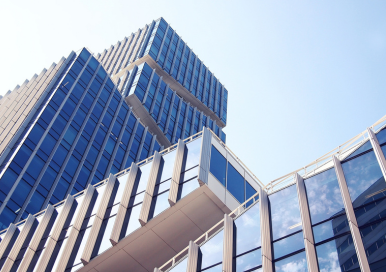What Is Wellness Real Estate?

Once a niche idea, wellness-focused spaces are now a multi-trillion-dollar global market, blending health, sustainability, and design to create environments that actively support well-being.
But what is wellness real estate, and why is it attracting the attention of investors, developers, and tenants alike?
Defining Wellness Real Estate
Wellness real estate refers to the development, design, and operation of buildings that intentionally promote the physical, mental, and social well-being of the people who use them.
It’s more than simply adding a gym or a few plants in the lobby. These projects integrate wellness principles into the core of the property’s design, from indoor air quality and natural lighting to biophilic elements, ergonomics, and access to nature.
Some common features include:
- Air and water quality systems that exceed regulatory standards
- Natural lighting and circadian-friendly design
- Active design elements such as staircases, walking paths, and fitness facilities
- Green spaces and indoor/outdoor integration
- Healthy material selection to minimize toxins and allergens
- Spaces for social connection and community building
Why Wellness Is Becoming a Real Estate Priority
The wellness in real estate movement is being driven by several converging trends:
- Shifting Tenant Expectations – Occupiers increasingly seek spaces that align with their lifestyle and values, prioritizing health and sustainability.
- Post-Pandemic Awareness – COVID-19 amplified the importance of indoor environmental quality, from air circulation to touchless technology.
- Competitive Advantage for Landlords – Wellness-certified spaces can attract higher-quality tenants, reduce turnover, and command premium rents.
- Employee Productivity and Retention – Studies show that workplaces designed for wellness can improve focus, reduce sick days, and increase satisfaction.
The Business Case for Wellness Real Estate
For developers and investors, wellness real estate isn’t just about doing good — it’s about doing well financially.
According to the Global Wellness Institute, the wellness real estate market has been growing at a rate of over 20% annually, outpacing the overall real estate industry. Properties that incorporate wellness features often see:
- Higher occupancy rates
- Longer lease terms
- Increased asset value
- Lower operational risks due to healthier building performance
Wellness Across Property Types
Wellness real estate spans multiple asset classes:
- Office: Enhanced air filtration, biophilic design, flexible workspaces, and access to outdoor areas.
- Multifamily: Community gardens, wellness programming, and fitness amenities.
- Hospitality: Hotels and resorts offering integrated health experiences.
- Mixed-Use: Developments that combine residential, retail, and green spaces to create healthier urban living.
Our Perspective
At IPG, we see wellness real estate as more than a trend — it’s a long-term shift in how properties are designed, marketed, and valued. The sector’s growth reflects a simple truth: the spaces we occupy shape our health, productivity, and quality of life.
By integrating wellness principles from the ground up, we can help clients unlock both human and financial potential. From tenant representation to investment advisory, our team is ready to guide landlords, developers, and occupiers through the opportunities in this fast-growing sector.
Conclusion
So, what is wellness real estate? It’s the intentional creation of spaces that actively improve the lives of those who use them — a fusion of real estate and health that’s redefining value in the built environment.
With demand growing across industries and geographies, the next wave of high-performing properties will not only house people and businesses — they’ll help them thrive.




